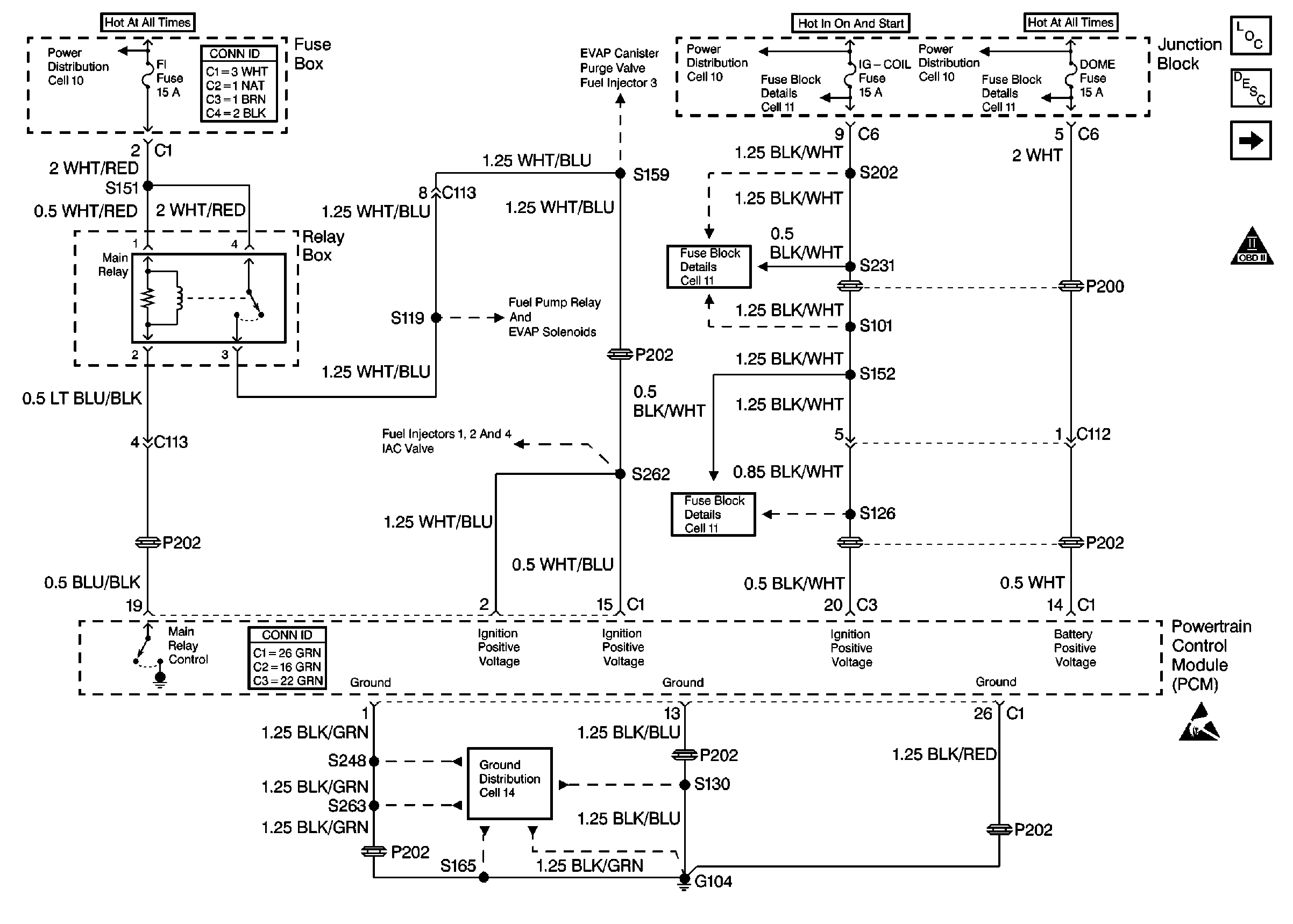Checks
| Action
|
DEFINITION: The engine-power output varies under a steady
throttle or under a steady cruise. The vehicle seems to speed up and to slow
down without any change in the accelerator pedal position.
|
Preliminary Checks
|
| • | Tell the driver about normal A/C compressor operation. |
| • | Use a scan tool in order to verify that the reading of the vehicle
speed sensor (VSS) matches the reading of the vehicle speedometer. Vehicles
with electronic transmissions are not included because some variation between
the VSS readings and the speedometer readings are considered normal. |
|
Sensor Check
|
| • | Check the performance of the heated oxygen sensor (HO2S) sensor 1
and the HO2S 2. Refer to Diagnostic Aids in DTC P0131 through
DTC P0141. |
| | Check the performance of the HO2S 1 and of the HO2S 2.
Refer to Diagnostic Aids in DTC P0131 through DTC P0141. |
| • | Check the reference signal from the CKP sensor with a scan tool.
Observe the engine speed parameter while operating the engine at the speed
of the concern. The scan tool should indicate steady RPM readings and linear
RPM readings while running. If sudden increases or decreases in engine speed
are displayed, the engine reference signal is not stable enough for the engine
to run correctly. Check for a short to ground in the ignition reference low
circuit of the CKP sensor. A short to ground in the ignition reference low
circuit of the CKP sensor will cause a faulty engine reference signal to
be sent to the PCM.However, this will not set a CKP sensor DTC. |
|
Fuel System Checks
|
| • | Determine whether a rich fueling condition or a lean fueling condition
can cause the concern. Drive the vehicle at the speed of the concern. Monitor
the Fuel Trim parameters on a scan tool in order to identify the fuel system
status. |
|
Ignition System Checks
|
| • | Check for adequate secondary ignition voltage with a J 26792
spark tester or with an equivalent. |
| • | Check the spark plugs for any of the following conditions: |
| - | A bent or loose terminal screw |
| - | A ceramic insulator that has cracks, carbon tracking, or deposits |
| - | A tip insulator that has cracks, has carbon tracking, has deposits,
or is loose |
| - | A center electrode that is loose |
| - | An incorrect spark plug gap that is too large or too small. |
|
Additional Checks
|
| • | Check the generator output voltage. |
| • | Check the vacuum lines and the hoses for kinks or for leaks. Refer
to the label for the Vehicle Emission Control Information. |
| • | Check the Service Bulletins for any updates. |
|

